Linkfest #25: The "Third Thumb", Prairie Strips, and Science Proves People Love Spoilers
Hello folks!
It’s time for my latest “Linkfest” — i.e. "the opposite of doomscrolling”, in which I ceaselessly roam the Internet’s Plutonian shores to find the subtlest gems of science, culture and technology, and bring them back just for you.
If you’re a subscriber, thank you! If not, you can sign up here — it’s a pay-what-you-want affair; the folks who can afford to contribute help keep it free for everyone else. And while I’m in flacking mode here, hey: Forward this email to anyone you think would like it!
Let’s start ...
1) ✏️ Pencils transformed into sculptures

Jessica Drenk is an artist who glues thousands of pencils together to shape them into spookily organic shapes — seashell-like conches, mountains, freaky beehive-like constructions.
It’s a neat gloss on the fact that pencils are themselves made from an old-fashioned natural material — wood — that gets standardized in a heavily industrial process. The fact that many pencils are hexagonal is a nice byproduct for her process: They stack neatly.
As Kate Mothes writes in Colossal …
One of the challenges of working with the material is the difficulty of gluing pre-painted, non-porous surfaces together. “In response to this, I once ordered 30,000 unpainted pencils to make larger sculptures that could be glued into more dynamic shapes,” she says.
Over time, the Implements series has influenced further sculptures, such as “Speleothem” and “Formation,” in which the pencils compose larger dynamic forms. “In a sense, both aspects of the pieces resemble nature,” Drenk says. “Even the hexagon is found in nature, from beehives to columnar basalt rocks.”
You can see more pics on the Colossal story, Drenk’s web site, or on her Instagram feed.
2) 👍 The “third thumb”

The “third thumb” is an augmentation device: You strap it to your wrist, and put two little pressure pads under your right and left big toe. Pressing on the right toe pulls the thumb across the hand — pressing on the left toe pulls the the thumb up toward your fingers.
It was designed by Dani Clode to figure out: Could everyday people adapt to having a new digit? And what types of new physical abilities would it give you?
The first question is pretty much a solid “yes”. When they tested it with 596 people from all walks of life …
Almost everyone was able to use the device straightaway. 98% of participants were able to successfully manipulate objects using the Third Thumb during the first minute of use, with only 13 participants unable to perform the task.
More interesting is the second question: What could you do with a new digit?
Quite a bit! In the video you can see people picking up more objects than they could otherwise, or (as above) holding a bottle with the thumb while unscrewing the top with their other fingers.
As Clode notes in the video, this suggests we could use prosthetics to help adapt to physical challenges: If a stroke removes the ability to use one hand, you could compensate somewhat by making your other hand more dexterous than ever. And of course, it also suggests you could take normally-abled folks and give them weird new physical powers too.
I’m super tickled by this. What particularly impressed me is that the whole system seems pretty low-fi — something I could build myself with some parts from Adafruit and a 3D printer. I’d love to see a lot more experimentation along these lines …
3) 🤦 The science of why some people love spoilers
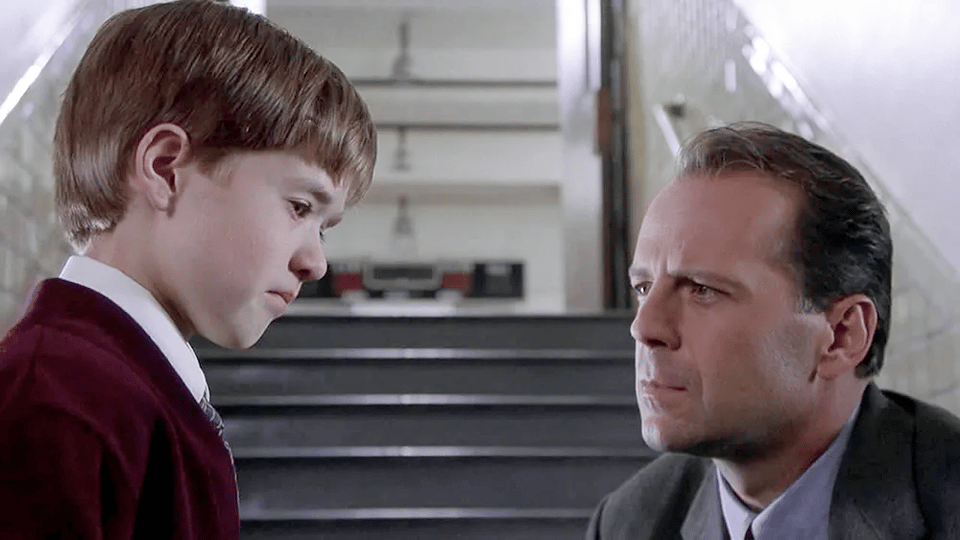
Recently my wife and I discovered my teenage son had never seen The Sixth Sense, and while discussing why the film is great — and why he should see it — we were super-careful not to spoil the ending. It’s got a famous twist, after all. There’s a big culture online of spoiler-warnings for precisely this reason: People worry that if you’re pre-aware of a major surprise in a TV show or movie or game, you won’t enjoy things as much.
But in Time, Angela Haupt writes a fascinating piece arguing that this may not be true. Jonathan Leavitt — a psychologist at the University of California in San Diego — conducted a neat experiment: He took famous short stories that contained surprises and had people read them, some with spoilers and some without.
It turns out that in nearly all cases, the subjects slightly enjoyed the spoiled story more. Why? As Leavitt tells Time …
Leavitt suspects it has to do with the fact that stories are often complex and intentionally misleading—prompting tension and confusion. “When you know the outcome, you get to feel a lot smarter and make better inferences,” he says. “And, I believe, you ultimately understand the story better in the end.”
In a mystery, for example, if you begin the story already knowing who the killer is …
You’re seeing this one character act very suspicious, so it’s like, ‘People are going to think this person did it, but I know they didn't,’” Leavitt says. “And then you might actually get a better idea of why they're acting that way. You organize the elements of a story better in your mind, and you’re less fooled. There are fewer pathways to go down.”
And as Leavitt points out, many people re-read and re-watch stories that contain surprise endings multiple times — so clearly knowing the surprise isn’t ruining their enjoyment. In their paper (“Story Spoilers Don’t Spoil Stories”, which you can read here for free), he and his coauthor suggest that the pleasures of rewatching/rereading are linked to “perceptual fluency”: Being familiar with a story frees up cognitive load, which is precisely why we have extra mental juice to notice details we didn’t pick up the first time through.
Haupt explores lots of other possible mechanisms for loving spoilers, too — like how they can create a sense of control that lets one relax and enjoy a challenging story more. It’s a good piece: Go read the whole thing!
I’m still not gonna spoil The Sixth Sense for my son, though 😂
4) 🌏 “Scrambled Maps”
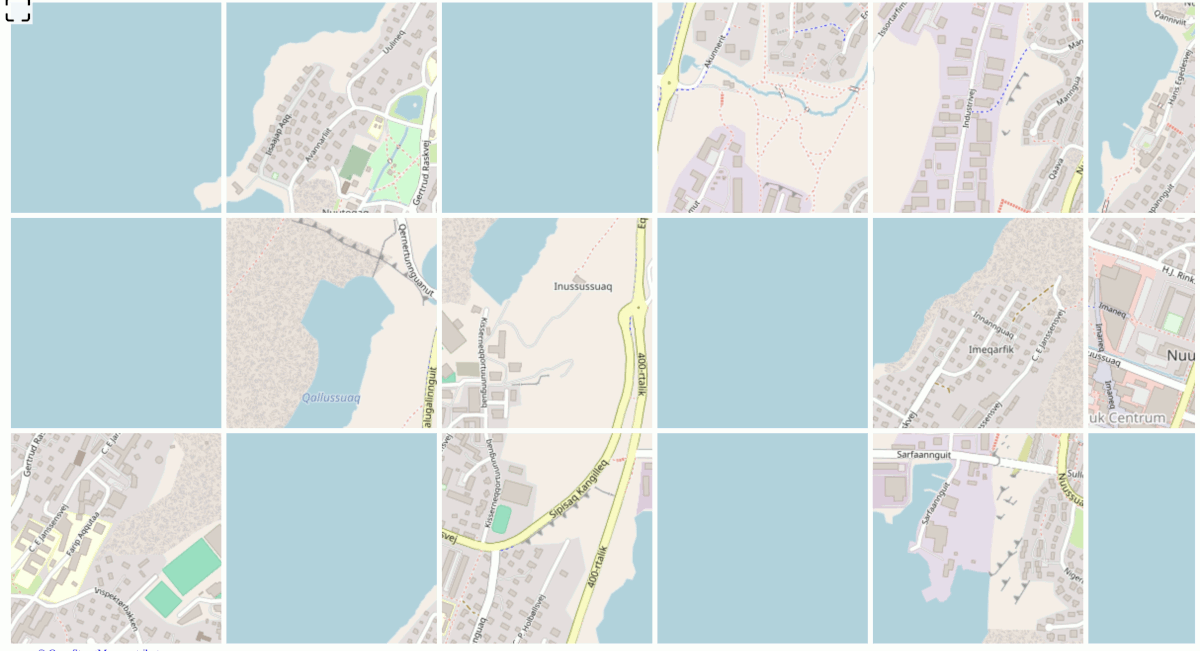
“Scrambled Maps” is a clever game — it presents you with a map chopped into eighteen segments and scrambled; you have to re-assemble it.
Above is a screenshot of me beginning the process of doing a puzzle. It only took me about five minutes to finish. The game isn’t super hard, so it’s a good casual break — rather soothing, really, and quite satisfying when you’re done. Give it a whirl!
5) 🚗 The “most ominous” Rolls-Royce in history

Behold a 1925 Phantom I Rolls-Royce that was modified to include a new sloped grill, spectacularly round doors, and an all-black paint job.
This blog post calls it “the most ominous Rolls-Royce coachwork ever created”, and I cannot disagree.
From the writeup, which is long and quite fun and worth reading in full …
In the early 1930s very few designers had considered (or dared) to modify the traditional Rolls-Royce vertical grill but that alteration became essential to Jonckheere achieving a more streamlined profile for the Phantom’s new body. Bullet-shaped headlights, flowing fenders, and a long vertical tailfin down the boot lid finish off the sleek contours. As Figoni experimented with oval doors, Jonckheere went with unique, large round doors which operate flawlessly and allow passengers into either row of seating. As attractive as round doors may seem, they did however present an issue for operating windows. The solution was to fabricate a two piece window that simultaneously split like scissors down into the door. At nearly 20 feet in length, it could very well be the largest 2-door coupe in existence.
Many more photos in the post! The interior is gorgeous and blood-red terrifying. The original papers of manufacture were long ago destroyed in a fire, so nobody today knows who commissioned this dread beast.
6) 🤖 How Notion designed an animated face for its AI

Like pretty much every authoring tool on the Internet these days, Notion has rolled out an AI writing assistant. I use Notion, so I’ve toyed around with the AI assistant, but honestly haven’t yet found it useful for serious work.
It does have one design element that’s kind of cute, though — a little line-drawing face that makes various “thinking” expressions while it does its work.
Generally I dislike anthropomorphizations of AI, because they rarely actually serve the user; it’s just emotional manipulation, trying to keep you psychically onside, in lieu of (y’know) maybe making a tool that actually offers some sort of actual cognitive benefit while it boils the planet in the background.
Still, in terms of pure aesthetics, Notion’s face animations are elegantly done. So I was intrigued to read this story by Mark Wilson in Fast Company describing the design process …
Muradov studied depictions of humanity through the game Katamari, the paper masks of Bruno Munari, and the Mac Finder icon (inspired by Susan Kare). He also explored the possibility of anthropomorphizing an inkwell, notebook, Notion’s own cube, and all manner of cute animals for the job. “I was thinking a lot when you see faces in things, how can you suggest an expression” he recalls. For some time, Muradov was drawn to a light bulb, in part because the filament already resembled a face.
Ultimately, he ditched the idea of anthropomorphizing an object, and created Notion AI out of a pared back presentation of strokes. “I was very much interested in abstraction, and how can a face be more than just something recognizable, almost like a glyph,” he says.
The process sketches are pretty cool too …
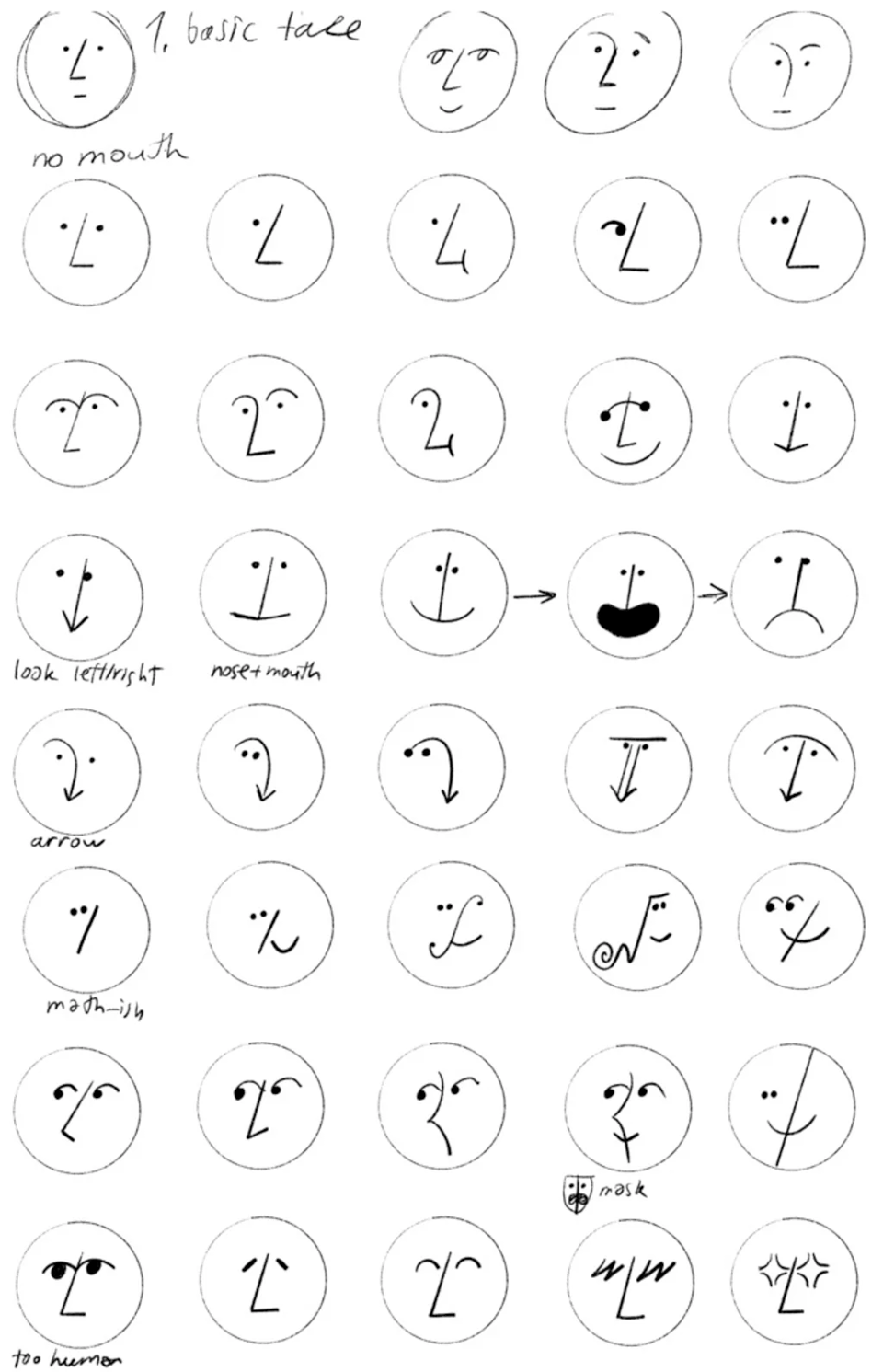
Apparently some of the inspiration here came from the New Yorker’s spare line-drawings, which you can detect.
7) ✂️ Paper crafts by 17th-century schoolgirls found beneath floorboards
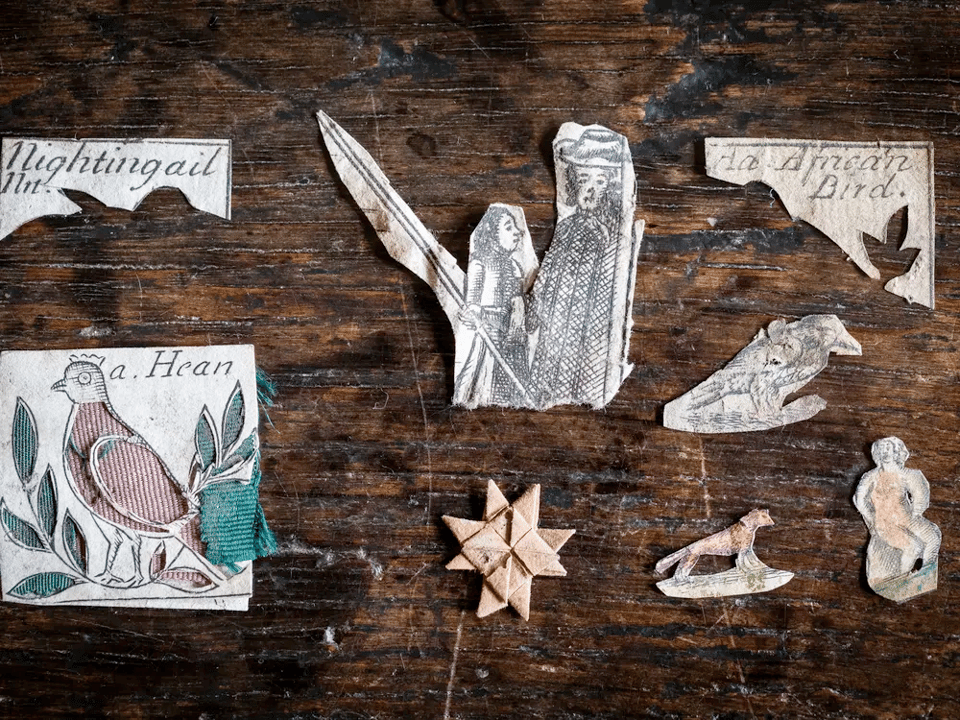
Sutton House is a historic building in London that used to be a girls’ boarding house back in the 17th century. In the 1980s they were doing renovations, and beneath the floorboards discovered …
… papercrafts done by schoolgirls over 350 years ago! As Julia Binswanger writes in Smithsonian …
Due to the flimsy material, experts were surprised to find them intact. According to Isabella Rosner, an expert in early modern material culture, only a few other examples of such art are known to exist.
“It’s an art form that is discussed in 17th-century domestic manuals, but there is very little material survival—three examples from 17th-century England, of which this is one,” Rosner tells the Guardian’s Harriet Sherwood. [snip]
The paper cuttings, which feature personal touches from the girls who made them, are all unique. The colorful pink hen, for example, is misspelled as “a hean,” per the Art Newspaper’s Maev Kennedy.
8) 🔍 A search engine for NYC street-text

All Text In NYC is a neato search engine: Type in a word, and it finds images in Google Maps “street view” that contain the text.
It’s pretty fun pumping in words and seeing what you find. Most often it’s advertising, which can be a little deflating — though it also was usefully surprising (I somehow hadn’t realized/noticed that most of the words we encounter in public are trying to sell us something). And sometimes there are witty finds: Above is an image I found by looking for the word “sweet” — which is, in the picture, in the word “sweet tooth” partly occluded by a signpost. (Here’s the precise Google street view image.)
As the creator, Yufeng Zhao, puts it …
This tool offers a new way to interact with the city's textual environment, bringing often-overlooked elements of the cityscape into focus. Researchers can study urban signage, artists can seek inspiration, and curious minds can discover the words that surround city dwellers daily.
It’s only got Brooklyn for now, but apparently it’ll soon expand to the rest of NYC.
9) 👾 “Atomica” reborn

PopCap Games was famous in the early 2000s for making some of the most addictive casual games in history — Bejeweled and Plants Vs. Zombies were probably their biggest hits.
But one of my PopCap favorites was Atomica. It’s a color-matching game — you have to move four same-colored atoms into a square to get them to vanish. But it quickly gets difficult: New atoms keep appearing on screen, blocking your routes and making it difficult to assemble new combos.
Man, I played the living hell out of Atomica on my Handspring (a greyscale mobile PDA that used the Palm operating system; if any of you readers are of sufficient vintage to understand what I’m talking about, I raise a weary salute). When PopCap mothballed the game I was a broken man.
But wait! Just last week I discovered that the Internet Archive has a copy of many early Popcap games — you can download Atomica to play right here! (Windows only, sadly.)
I immediately set about ruining my week’s productivity. The game is just as good as I remembered it. In fact, my 16-year-old — a modern gamer unencumbered by my hoary ludological nostalgias — played it and also found it exhilarating.
So give it a go! But be sure to block off the whole day first.
10) ⚡️ Energy is becoming a technology, not a commodity

For centuries, energy was a commodity — a physical resource, like oil and gas and coal, that you needed to extract and ship to where it’s needed. And the thing about commodities is they’re often quite centralized, with a relatively small number of producers controlling much of the world’s supply.
That’s part of why energy prices are historically so volatile: The commodity supply can change very suddenly, based on the whims of a cartel or strongman (who might cut off — or loosen — things to pursue political/economic goals), or because chokepoints emerge in the global supply chain (like wars or pandemics). If you look at the cost of a useful megawatt-hour of energy, it hasn’t gone down as dramatically in the last few decades as you’d expect.
In contrast, renewable energy? It’s different. It’s not a commodity — it’s a technology.
That means it behaves more like a microchip or a hard drive: Over time, we learn how to build it more efficiently and productively, so it gets much cheaper and more powerful year after year.
This technological nature of renewable energy is why it’s growing so rapidly — and why it’ll continue to do so. Over at their Substack, Azeem Azhar and Nathan Warren have written a great essay teasing out the implications …
The machines that turn wind and sunshine into electricity are technologies that behaves like the technologies of the digital world.
The underlying components, from solar photovoltaic systems, wind turbines and battery storage, are all technologies. These technologies benefit from learning curves, becoming more cost-effective as manufacturers accumulate experience.
Modularity enables and amplifies the benefits of learning curves. By sharing cost reductions across various market segments, it facilitates significant market expansion and nurtures an ecosystem of complementary businesses. The photovoltaic panels powering homes are fundamentally similar to those used in large-scale utility installations. This mirrors the computing industry, where the same processor might be found in both personal and enterprise-grade laptops. [snip]
As technologies mature, they tend to become cheaper over time. This is especially true for technologies that are modular — composed of standardised units — and amenable to miniaturisation. Lucky for us, energy technologies have these characteristics.
Definitely worth reading. I’ve heard this analysis for years now, but they synthesize it really nicely, and the historic price-charts of energy really tell the story.
11) 📃 Museum of grocery lists

It’s been online since 2000, apparently, but I’d never seen it before: The Grocery List Collection.
It offers precisely what the name suggests — images of cast-away grocery lists. As the founder, Bill Keaggy, writes …
In 1997, I picked up a discarded grocery list at a St. Louis supermarket. I found it to be a fascinating glimpse into a stranger’s life and decided to pick them up whenever I found one. In 2000, I posted my collection of about 40 lists to the web. By 2004, when the New York Times Magazine profiled me and this collection, I had about 500. In early 2006 I started working on a book about these lost lists and by the time it was published in May 2007, there were 1,600 lists on the site. 20+ years later there are almost 4,000.
Most of the lists are food ingredients, but I’m drawn to the ones that flick at the other, non-food-related, idiosyncratic errands of the list-creators. Consider that list above, the author of which is looking for food like “turkey sausages” and “prunes” but also requires analog film (and isn’t sure what film-speed to get!), while also needing to bring their “flute to repair shop”.
Or this one below! What info is lost to time here …
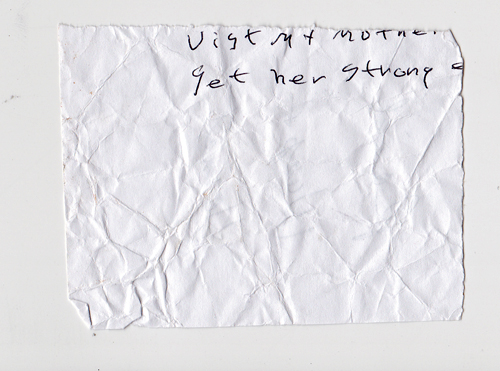
That spidery handwriting! The crumpled paper! It’s positively pregnant with gothic dread. And what exactly does the text mean? Visit my mother? Get her strong … her strong what? Or is it that the person needs to make her mother strong?
I’m gonna be mulling this over for months.
12) 💾 The oldest ever written description of software

The sci-fi novelist Bruce Sterling cowrote The Difference Engine, a 1990 novel about an alternate-universe of Victorian England in which Charles Babbage’s computers are in wide use — and reshape the power politics of everyday life.
While researching it, he heard about a visit Babbage paid to Torino back in September 1840. While there, Babbage spoke to several leading scientists about his machine, and he wrote the letter you see above describing what the Analytical Engine was capable of … including running programs that include feedback and recursion.
But since Babbage didn’t have those computer-science terms yet — no-one did — he had to use plainer language. He starts off by describing the punch-cards that control a Jacquard loom, then riffs off of that …
Those who are acquainted with the loom are aware that by means of cards having certain holes punched in them it is possible to weave with the SAME loom ANY design however complicated. The design is translated into cards and these direct the motions of the threads. By similar means the motions of the Calculating Engine are directed. Any formula however complicated is translated into cards and these being placed in the Engine it works out that particular formula and gives its numerical value”.
In one respect however it advances beyond the cards of Jacard. For in the case of the development of functions it backs the cards more or less so as to repeat the operation according to any assigned laws thus enabling a small number of cards to supply the place of a great many and rendering it unnecessary to effect the algebraic redevelopment of a function in order to make the cards the LAWS of that development only being communicated by the cards”.
The last sentence is pretty clotted — but it is, as Sterling notes, “a breathless, painful description of the unique ability of software to operate on itself”. And thus …
… this document may well be the oldest written description of software in the whole world. He deposited it in Torino like some unlit intellectual bonfire.
The rest of Sterling’s essay goes in a very different direction: He reports on a lot of curious skullduggery that Babbage engaged in while he was in Torino, during which time the secret police were following him closely and taking copious notes. Sterling suspects that Babbage’s real reason to visit Torino was to see if he could convince the Kingdom of Sardegna to pay to build an Analytical engine; in a sense, Babbage and his traveling companions were “military contractors”.
It’s a fun piece — go read the whole thing!
13) 🌾 “Prairie strips”

Back in 2007, scientists at Iowa State University were pondering the benefits of rewilding cropland. They knew that wherever farmers allowed native weeds, flowers and plants to grow, it had a wonderful effect on the soil — and it brought back more pollinators, as well as other ecologically crucial insects and birds.
The thing is, since most of Iowa’s fields are set aside for growing food, you can’t easily rewild all of ‘em.
But what if you rewilded … just a little bit? The scientists convinced some farmers to rewild little 30-foot-wide strips of their cropland: “Prairie strips”. Then they came back years later to measure the impact.
It turns out even those thin little strips had a big and positive effect on the surrounding cropland …
Researchers at Iowa State found that when prairie strips were planted in and around soy and corn fields, they acted as both “speed bumps and diapers,” Professor Schulte Moore said.
Soil erosion and surface runoff plummeted, as the prairie plants held soil in place and transpired water. Levels of nitrogen and phosphorus carried in surface runoff from adjacent cropland decreased by as much as 70 percent, absorbed instead by the prairie strips, resulting in less water contamination. The prairie strips created better conditions for helpful bacteria, resulting in dramatically lower levels of nitrous oxide, a powerful greenhouse gas generated by chemical fertilizer, compared to cropland without prairie strips. The strips also drew twice as many native grassland birds and three times as many beneficial insects, compared to fields that had not been rewilded.
I really dig this idea. That quote above is from this New York Times story on the trend, by Cara Buckley; it’s a gift link so you can read it even if you’re not a subscriber.
The University of Iowa has a web site devoted to their research, too.
14) 💻 LED display based on groovy 1898 font machine

Back in 1898, inventor George Lafayette Mason patented a very cool 21-segment display that would let you spell out all the letters of the alphabet.
Here’s what his patent diagrams looked like …

(I super dig that funky dial he designed, which you’d spin to select a letter.)
Anyway, in recent years, hardware hackers have rediscovered Mason’s work and have been busily crafting versions of it using custom PCBs and LEDs. Above is a design completed in August by the hacker monte-monte; the designs are all online here at Hackaday, and video of it in action is here.
It’s so weird — and cool — to see a segmented-LED alphabet-display with non-90-degree angles and wee little serifs. Truly feels like what a Victorian would do with modern LED tech!
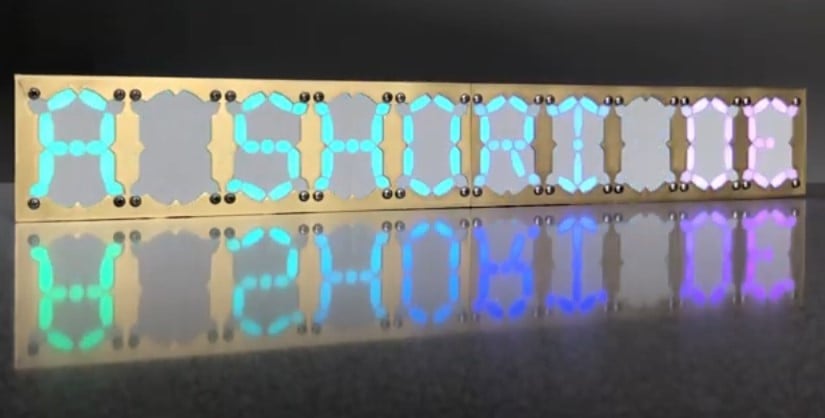
Damn, now I want someone to custom-fab a 4 X 40 text-display of these things so I can use it to manufacture a steampunk update of the Alphasmart 3000. I honestly could write an entire book using that gorgeous, weirdo font.
15) 🎟️ A final, sudden-death round of reading material
Why Johnny can’t type. 🎟️ A step-counter for prayers. 🎟️ Rod Stewart spent 23 years building a model railway. 🎟️ “colorful cellular #3” 🎟️ Bitcoin-mining-heated bathhouses. 🎟️ 3D-printed Penrose tiles. 🎟️ The Brutalist Programming Manifesto. 🎟️ 1,000-year-old tree species comes back to life. 🎟️ Booting Linux on the Intel 4004. 🎟️ A collection of useful Google search hacks. 🎟️ Temporary paint you can peel off a wall. 🎟️ A Turing machine made of Lego. 🎟️ “Mothbox”, the AI-enabled moth-watcher. 🎟️ It’s like Chutes and Ladders, but it’s 4,000 years old. 🎟️ Controlling a piano with two typewriters. 🎟️ Wait, bananas are herbs? 🎟️ A common food dye is found to make skin temporarily transparent. 🎟️ Robot-dog denial-of-service attack. 🎟️ Ancient rulers. 🎟️ Calculating the most famous author from every US state. 🎟️ The UFO-50 game collection looks very cool. 🎟️ Hacking a Dutch children’s supermarket toy. 🎟️ Mount Everest is growing 2mm per year. 🎟️ Why text-only news sites are hot again. 🎟️ Calculating the chances of a universe-destroying Higgs-field decay. 🎟️ A Chinese dam is so huge it’s changing the Earth’s rotation. 🎟️ The museum of neon. 🎟️ Cybercriminals are hacking cloud LLM servers so they can run sex chatbots. 🎟️ A one-line program that solves any Sudoku. 🎟️ They found a long-lost Canadian impressionist masterpiece. 🎟️ Cruise-ship-lengthening surgery. 🎟️ “QuanDoom”.
CODA ON SOURCING: I read a ton of blogs and sites every week to find this material. A few I relied on this week include Neatorama, The Overspill, Hackaday and Mathew Ingram’s “When The Going Get Weird”; check ‘em out!